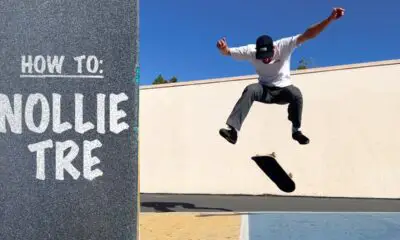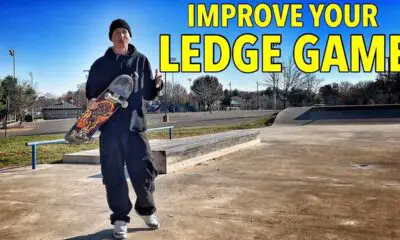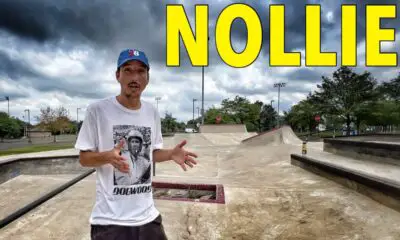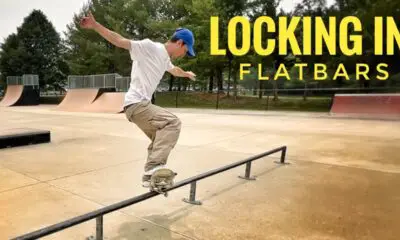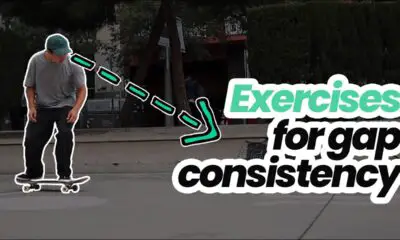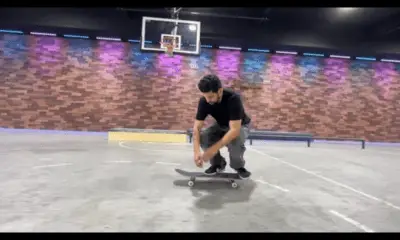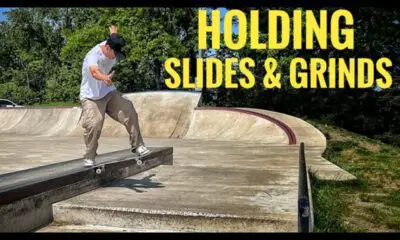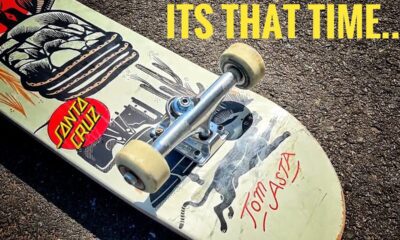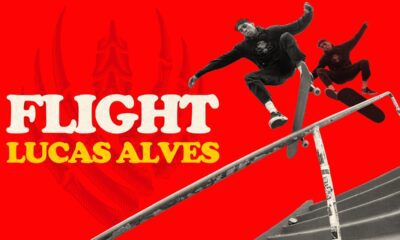HOWTO
Beginners Tips for Skating at a Skatepark
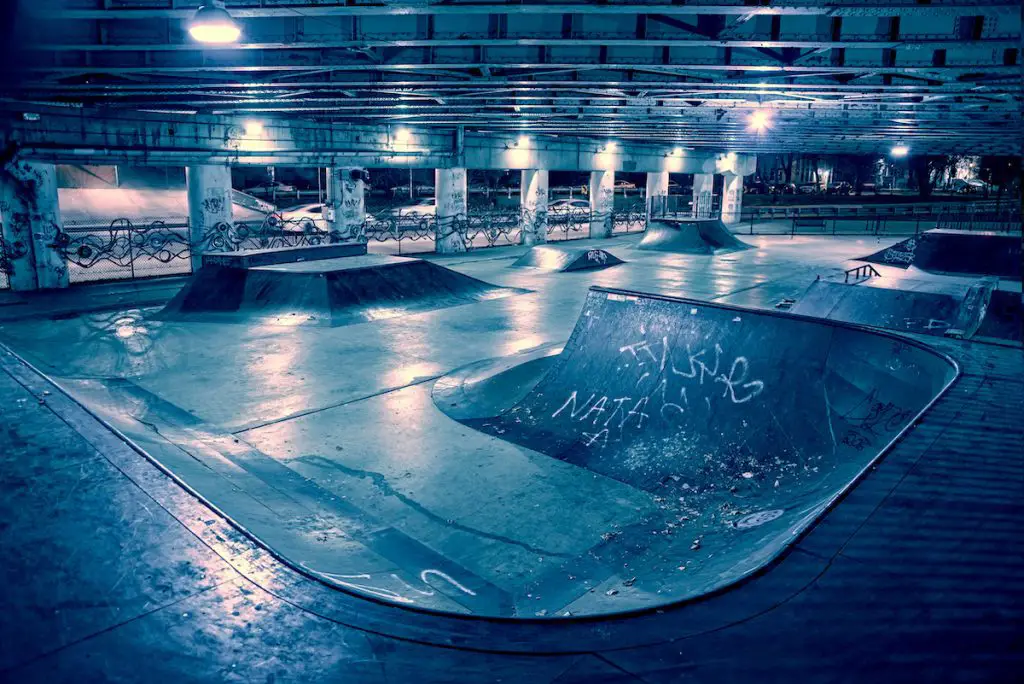

Gritty and scary city skate park at night in urban Chicago.
If you’re a beginner skateboarder who’s thinking about taking their first trip to the skatepark, or if you’ve been before but want to learn more about them, this guide is just for you.
It’ll cover the beginner-friendly tips you should know before your visit so that you’re all the more prepared to shred and have fun.
Table of Contents
1) Learn the Basics First
Skateparks can be busy areas where tons of people come to hone their skills. Because of this, it’s best to learn the basics of riding a skateboard - that being pushing, turning, stopping, and holding your balance - before taking on the obstacles and ramps at a skatepark.
That way, you’re both more prepared for the twists and turns of the skatepark and less likely to trip up any other riders with falls and board slips.
If you’re new to skating and want some helpful tips on how to get started, check out our tutorial here.
2) Learn Skatepark Etiquette
Most skateparks have both written and culturally embedded rules to them.
An example of a written rule would be for all people to wear a helmet while skating at the skatepark. Although, this rule is more lenient at some parks than others so it’s best to gauge the area first and consider your riding abilities before deciding NOT to ride with a helmet.
An example of a culturally embedded rule would be to not “snake” behind other skaters. Snaking refers to when you either cut someone in line before they drop in or interrupt their run before it’s complete. It can often lead to collisions and beef with other skaters, two things you don’t need at a place where people go to have fun and practice their passion.
The written rules you can find at your local skatepark, likely on a gate or wall near the park. The other ones will be covered here so you can skate more confidently and only ask questions if you really need to.
Do’s
✅ Be Vigilant
Skateparks take time to digest. There are a lot of moving parts. So when you first go to one, look around.
Scan the park and observe how other people are using it; where people begin and end different obstacles; how people engage one another; and where people sit down when they take breaks.
✅ Get in Line
As we covered earlier, no one likes a snake. So to avoid causing trouble for your fellow riders, be sure to first look for the flow of riders already taking on the course. Then, take your turn after the last person in line.
✅ Ask Questions
Sure, you don’t want to look like a total newb if it’s at all avoidable. But hey, if you’re new to something, there’s no shame in getting more knowledge about what’s proper and what’s not.
So, before assuming something’s okay, just ask other people who might be affected by whatever you’re going to do.
When you’re hopping in line and considering using wax to grind a rail or ledge, for example, asking questions is extremely important. It ensures all parties are aware which helps them plan accordingly.
You never want to be the reason someone gets hurt. So, always ask “Who’s the last person in line?” and “Is it cool if I wax that ledge?” before you just go ahead and do it.
✅ Be Friendly
Riding at a skatepark can sometimes feel like working out at a gym. Some people may say what’s up and converse for a bit, but many people keep to themselves and listen to their music.
Being friendly encourages a healthy environment for all participating parties so do your best to socialize and be kind to people.
Having people who cheer you on and are happy to see you will make your time there an all-around better event. And, if not obvious, having a happier mindset helps with learning new tricks.
Don’ts
? Don’t Practice Tricks in the Way Obstacles
If you see people are riding a certain path on an obstacle, or planning on jumping a flight of stairs, don’t practice your tricks there. Instead, find some flat ground somewhere else and practice over there. This way you’re not blocking traffic and being a hazard to anyone.
? Don’t Sit on Obstacles or the Coping
Once again, you don’t want to be a hazard or a hassle to other people. Sitting on obstacles blocks their path and can lead to them hitting you or hurting themselves. If you need to sit, find a place on the side that’s out of the way of other skaters. Most skateparks have benches or standing areas so this shouldn’t be hard.
Also, don’t dilly dally on the coping. The coping refers to the metal pipe that covers the ledge of the bowl. Skaters ready themselves near the coping before dropping in, as well as grind it or pass it while maneuvering through the bowl. By hanging your board off the coping while others are riding, you run the risk of injuring them. So, don’t do it.
? Don’t Litter or Leave Your Personal Items Lying Around
Both of these should be a given. You don’t want to litter because you don’t want to trash up the park which can bring down its overall image and feel and create unnecessary obstacles people should not have to deal with.
And, you don’t want to leave your personal items lying around because people can easily crush them accidentally. And at that point, who’s fault is it? More than likely, the person who decided to put their phone on the ledge where people grind all the time.
And finally:
? Don’t Show People Up
If you see someone practicing a trick and they’re having trouble landing it or just failed, don’t be the person who goes right after them and lands the trick right in their face. It’s discouraging and disrupts the feng shui of the environment.
If you know other tricks, try those. If you don’t, it’s a great conversation starter to let the other person know that you’re also practicing that trick. It’s also a great opportunity to give someone some encouragement which helps with making friends.
There are several other rules of engagement and some parks may have their own that you’ll have to pick up on when you visit them, but these here give you a basis of how to operate at a skatepark.
For more information on skatepark etiquette, check out this video here.
3) Bring Protective Gear
If you’re new to skating at a skatepark, you should definitely consider wearing protective gear. We’re talking full-on protection: a helmet, wrist guards, knee pads, elbow pads, and the right shoes.
Your health is a top priority. Be safe rather than sorry as you learn the flow of the skatepark.
Consider decreasing the amount of protective gear you wear as your skills and confidence improve.
If you’re looking for quality protective gear, here’s a list of products worth checking out.
Helmet |
JBM Skateboard Helmet |
 |
Wrist Guard, Knee Pads, & Elbow Pads |
JBM Adult/Child Knee Pads Elbow Pads Wrist Guards 3 in 1 |
 |
Shoes |
DC Men’s Court Graffik |
 |
4) Get to the Park Early
Not only does the early bird get the worm, but they also get the skatepark to themselves often.
If you’re looking to practice without having to worry about other people disrupting your rhythm, get to the skatepark before other people show up.
5) Bounce Back
Falling is a natural part of skating. Even so, when you’re at a skatepark, it’s important to do your best to bounce back up as soon as you can.
Staying on the floor too long prolongs you in danger from other riders; and their danger from you.
So although it may hurt, or although it may feel embarrassing, when you fall do your best to get up ASAP.
6) Get the Right Tools for the Right Job
Depending on what kind of skating you plan on doing the most, you’ll want to have the right skateboard set up to meet the needs of the task.
Vert Skating
Vert skating, for example, is best done with wider boards. Although it’s commonly associated with large ramps, vert skating is simply a style of skating where the rider transitions from a horizontal plane to a vertical one. Like going from the flat part of the middle of an empty swimming pool to the top part of it near the coping: that’s vert skating.
Wide boards help with stability and give your feet more room to land on. This will help you keep your balance and improve your board control while you skate. It depends on your shoe size and preference, but for many people, you want to think 8.25”+ in terms of deck width.
High-sitting, loose trucks also help with bowl skating. These features help you turn more easily. And, although you won’t always need them, large wheels that are on the harder side are also helpful. They’ll roll longer which will help maintain speed more effectively. Think 56mm-60mm tall, with a durometer of 96a-100a.
This combination of parts ensures you’re as prepared as possible for the challenges of vert skating. What’s more, these components arm you to have the most fun while doing it.
Lewis Farley does an amazing job of explaining why vert set-ups require the materials they do.
If you’re looking for quality parts for vert skating, check out these suggestions below.
Street Skating
Street skating boards can be smaller than vert skating ones, though either choice is really a matter of preference.
Still, if at the skatepark you plan to do more street-style moves, like flip tricks and grinds, then picking a smaller, lighter board may be more beneficial.
Once again it depends on your size and preference, but for a general rule of thumb, a 7.75”+ board will suit most teens and adults.
Smaller wheels will be lighter as well, but they’ll also have lower top speeds. Depending on where you skate this could be beneficial or not.
All and all, consider what style you’d like to do the most and what set up will get you there the most efficient way.
Sometimes it’s having a board that’s more tailored to a specific style. Other times, it may be having an all-around board.
For suggestions of good street skating parts as well as one great all-around skateboard, check out these items below.
All-Around Fully Complete Skateboard
Skatro – Pro Skateboard
7) Practice at Home
The final tip on this list might seem a bit counterintuitive, but it’s helpful if you want to always be on your A-game.
Practicing at home with a grind rail or mini ramp can be a helpful way to polish your techniques when you can’t make it to the skatepark. It’s also a great way to practice before you make your first visit. Which can be reassuring to people who are shy to practice in front of people.
If you’re looking for equipment to practice with at home, here are a few products worth considering.
Ramp + Rail |
Ten-Eighty |
 |
Rail |
Madd Gear Grind Rail |
 |
Mini Ramp |
Ramptech 3′ Tall x 4′ Wide Quarterpipe |
 |
Conclusion
Skateparks are an excellent way to take your skating to the next level and meet new people.
They do take some time to get an understanding of, but once you get the hang of them, they can be a lot of fun and broaden your scope of the sport.
If you’re looking to go to one soon, be sure to review this list to refresh or learn some major tips on how to perform at your best. But in short: be kind, be smart, wear protective gear, and don’t snake.
Seriously, don’t snake.
It takes time to be great. But with enough practice, you’ll get there.
Best of luck to you.
HOWTO
How to Do a Nollie Treflip
Tom Rohrer breaks down every step of a nollie treflip (nollie 360 flip)–from foot position, weight distribution, shoulder position, and popping and flicking technique in his latest YouTube tutorial.
Check out his Tom’s Tutorials channel for more skateboarding tips and tricks.
HOWTO
Improve Your Ledge Game with Tom Asta’s Tips
Tom Asta is back to help you get better at skating. This time, he goes beyond the basics and teaches viewers how to improve their ledge game. Watch the video above, and check out his channel for more of his skateboarding tutorials.
HOWTO
Tom Asta Shares the Keys To Skating Nollie
Tom Asta continues to share skating tips and tricks on his YouTube channel. This time he covers how he goes about nollie skating on ledges, bumps and handrails!
-



 PODCASTS6 months ago
PODCASTS6 months agoMike York & Daniel Castillo on The Nine Club
-

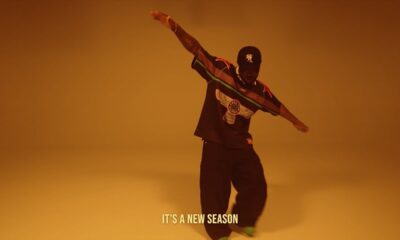

 CONTESTS6 months ago
CONTESTS6 months agoThe 2024 SLS Tour: Bigger and Better
-


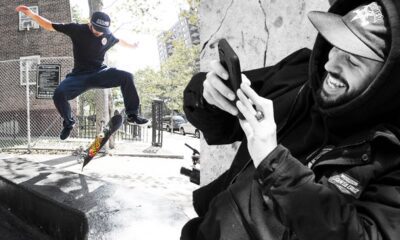


 VIDEOS5 months ago
VIDEOS5 months agoKevin Braun Shares His Favorite Skateboarding Spots
-

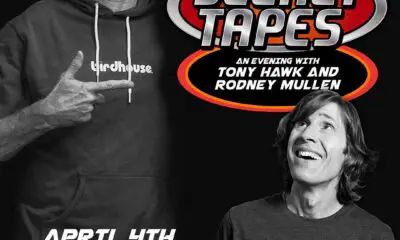

 News5 months ago
News5 months agoTony Hawk and Rodney Mullen Team Up for ‘Darkslides & Secret Tapes’
-


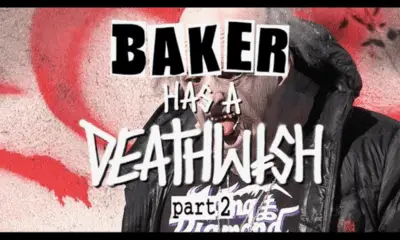


 VIDEOS5 months ago
VIDEOS5 months agoBaker Has a Death Wish Part 2
-

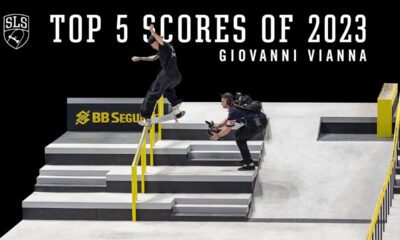

 CONTESTS6 months ago
CONTESTS6 months agoGiovanni Vianna’s Top 5 SLS Scores of 2023
-


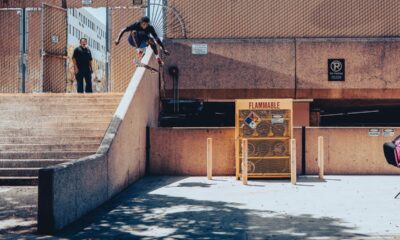


 VIDEOS6 months ago
VIDEOS6 months agoRough Cut: Ishod Wair’s ‘Spitfire’ Part
-


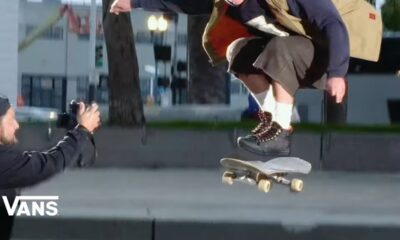


 PRODUCTS5 months ago
PRODUCTS5 months agoVans Skateboarding x Spitfire Wheels











